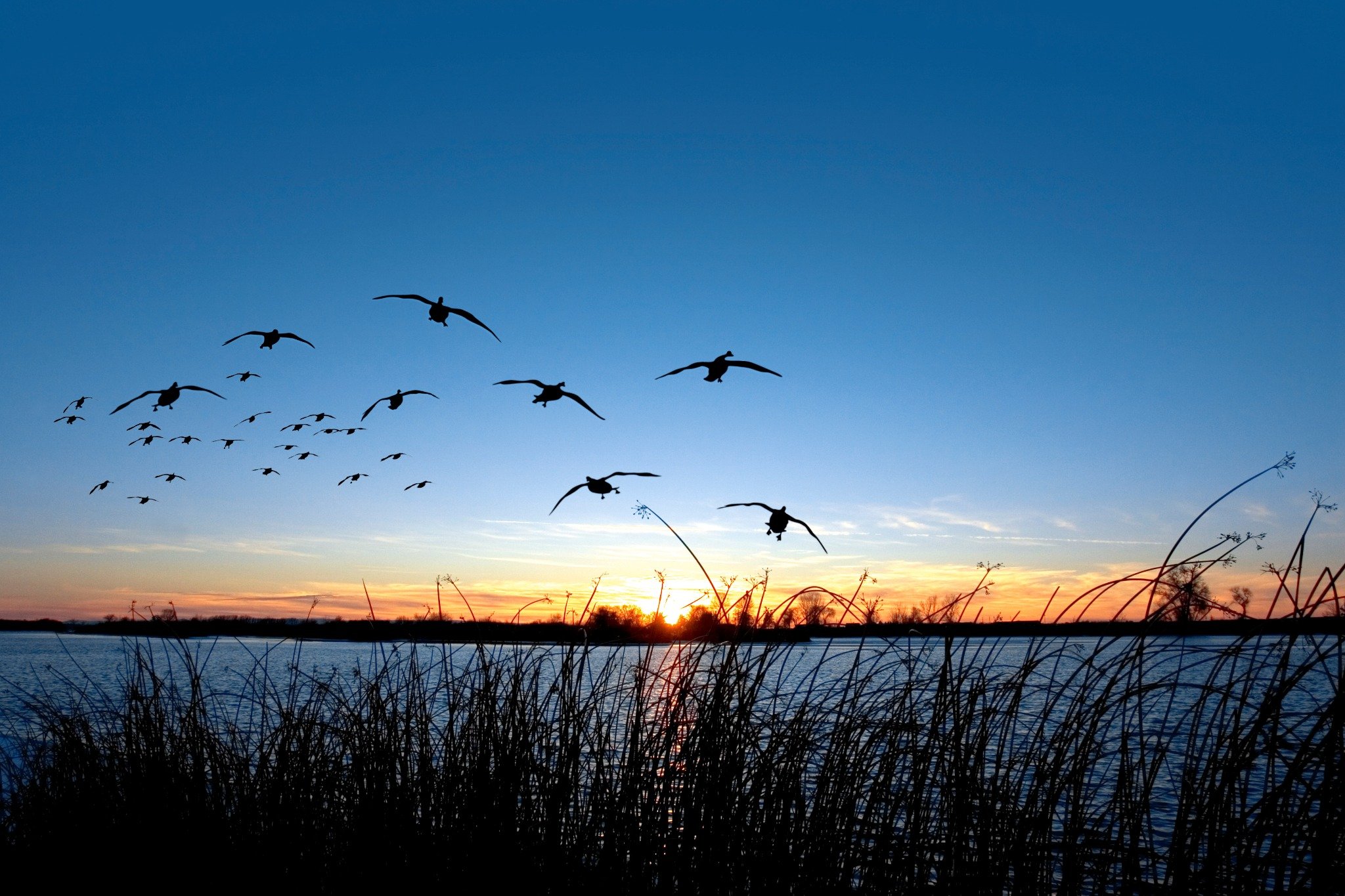
Bucket-List Saltwater Species: Redfish, Tarpon, and Snook
If you're ready to chase something special on your next saltwater adventure, BirdDog can help get you there. From redfish on the Texas flats to hosted tarpon trips with seasoned captains, we connect anglers to the species—and stories—they’ll never forget. Here are three saltwater giants every fly angler should have on their bucket list.
The saltwater world is packed with adventure, but a few species rise above the rest for fly anglers. If you're looking for the ultimate experience, here's where to start:

Redfish
Redfish are the bread and butter of Texas coastal fly fishing. They're aggressive, accessible, and thrilling to catch on the fly. You’ll often find them tailing in shallow grass flats, their copper backs flashing in the sun as they root for crabs and shrimp. When they eat, they commit—crushing flies with confidence and ripping off strong, steady runs.
Prime Season:
Redfish are a year-round target in Texas, but fall offers lower tides, cooler temps, and bigger schools.
Fly Selection:
Crab and shrimp patterns are go-to choices. Think Kwan flies, spoon flies, and EP baitfish in tan, olive, or rust.
Hot Tip:
Spotting fish is half the game. Polarized sunglasses (amber or copper lenses) and stealthy footwork or poling can make all the difference. Cast ahead of moving fish and lead them slightly—it’s all about the presentation.
Tarpon
Known as the Silver King, tarpon are a test of skill, patience, and nerve. These prehistoric giants can weigh over 100 pounds, and when hooked, they launch into the air like missiles—often jumping six feet or more.
Prime Season:
Late spring through early summer is the peak of the migration in Florida and along parts of the Gulf Coast, including Texas’ southern reaches.
Fly Selection:
Large black-and-purple streamers, cockroach patterns, and EP-style baitfish work well. Always tie with strong 60–80 lb fluorocarbon shock tippet.
Best Bet:
You need more than a solid cast. Hook sharpness is critical, and your strip set needs to be fast, firm, and direct. Once hooked, “bow to the king”—drop your rod tip toward the fish when it jumps to reduce thrown hooks.
Pro tip: Bring your A-game and don’t be discouraged by refusals. Sometimes it takes a dozen perfect casts for one eat—and that’s what makes it worth it.

Snook
Snook are the ambush artists of the flats and mangroves. These fish are aggressive, smart, and always looking for an edge. They hit flies with violent speed and immediately head for cover—so be ready to stop them fast.
Where to Find Them:
Look for snook along mangrove edges, oyster bars, under docks, and bridge lights at night. They’re structure-oriented and highly responsive to baitfish activity.
Fly Selection:
Streamers that mimic glass minnows, mullet, or shrimp are great choices. Use white, chartreuse, or tan flies for daylight, and darker patterns for low light or night.
Technique:
Keep your casts tight to structure—within inches if possible. Let the fly sink a second or two, then short, sharp strips to mimic an injured baitfish. Be ready for a hard eat and a short window to keep them from breaking you off.
Bonus:
Snook are more fly-friendly than many think. A quiet approach, good timing, and precision casting can lead to multiple fish days, even in pressured areas.
Check out our upcoming BirdDog Fishing Trips
Read More...

As the summer heat fades and cooler temperatures roll in, fall fishing season begins across Texas and beyond. The changing water temperatures trigger aggressive feeding behavior in both freshwater and saltwater species, making fall one of the most productive—and enjoyable—times of year to fish.
_resized.jpg)
There’s nothing quite like a cold Texas morning in the marsh—the sound of wings, the distant chatter of ducks, and the anticipation of a good hunt. Whether you’re just getting started or finally setting up your own lease, understanding how to build an effective waterfowl spread is key to consistent success.

When it comes to waterfowl hunting in Texas, there’s no shortage of opportunity—or challenge. From the flooded timber of East Texas to the windswept coastal prairie, Texas is a waterfowler’s paradise defined by migration, patience, and grit. Every sunrise brings the potential for mallards, pintails, teal, and geese riding the flyways south.



